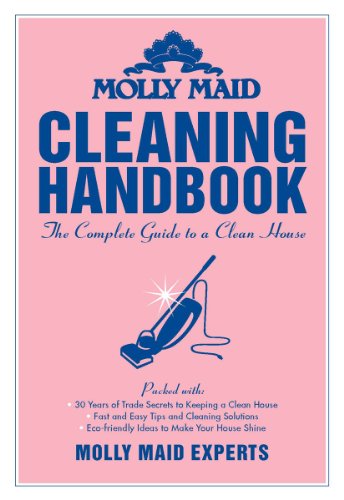
For many Canadians, a runny nose, watery eyes and perpetual sneezing are sure signs that spring has arrived. Although pollen and dander contribute to our seasonal allergies, it’s the dust and mold in our homes, that are the hardest to mitigate. These cleaning tips will help you manage the dust in your home, reducing allergy symptoms.
- Instead of using a cotton mop, opt for a microfibre mop instead. The positively charged fibres of a microfibre mop allow them to pick up even the smallest, negatively charged dirt particles. This makes mopping more effective.
- Instead of reaching for an old feather duster to dust your home, use a damp microfibre cloth instead. Feather dusters are less effective at picking up dirt around your home than a microfibre cloth. If you are adamant about using a feather-like duster for delicate items, opt for a microfibre delicate duster instead.
- Vacuum your home frequently. If you have severe allergies, a high-quality vacuum with a HEPA filter is recommended, as they effectively pick-up and trap dust particles instead of re-releasing them into the air. If you are vacuuming very regularly, remember to change your HEPA filter every six months to keep it working effectively.
- Keep your house cool (21 degrees or below) and dry (relative humidity at 50% or below) to create indoor conditions that are less hospitable to dust mites and mold spores.

